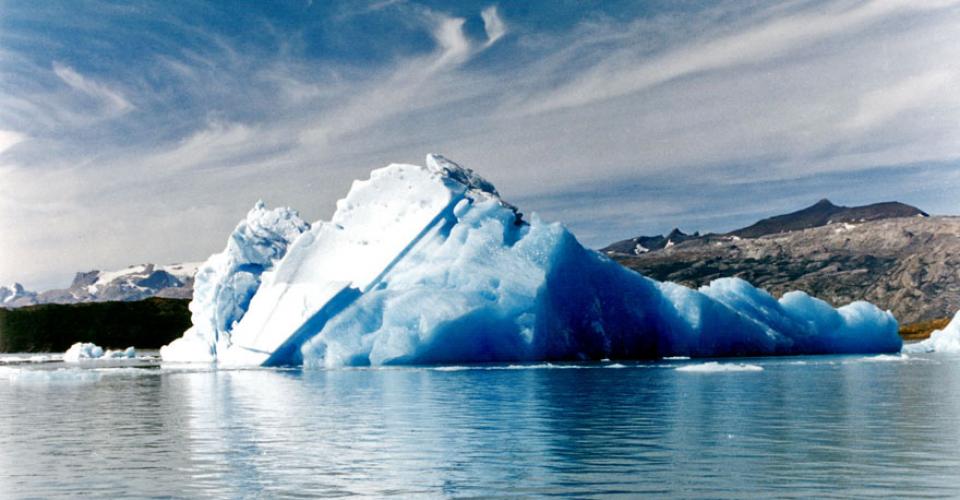A fresh look at meteorites helps date planet Earth
30/04/2015New analysis of meteorites has helped scientists work out when the Earth formed its layers.
 Our planet’s first crust was formed around 4.5 billion years ago, according to new research by an international team of scientists.
Our planet’s first crust was formed around 4.5 billion years ago, according to new research by an international team of scientists.
The team, including Australian National University’s Dr Yuri Amelin, measured the amount of the rare elements hafnium and lutetium in the mineral zircon in a meteorite that originated early in the solar system.
“Meteorites that contain zircons are rare. We had been looking for an old meteorite with large zircons, about 50 microns long, that contained enough hafnium for precise analysis,” said Dr Amelin, from ANU’s Research School of Earth Sciences.
“By chance we found one for sale from a dealer. It was just what we wanted. We believe it originated from the asteroid Vesta, following a large impact that sent rock fragments on a course to Earth.”
The research is published in Proceedings of the National Academy of Sciences.

























Post your comment
Comments
No one has commented on this page yet.
RSS feed for comments on this page | RSS feed for all comments